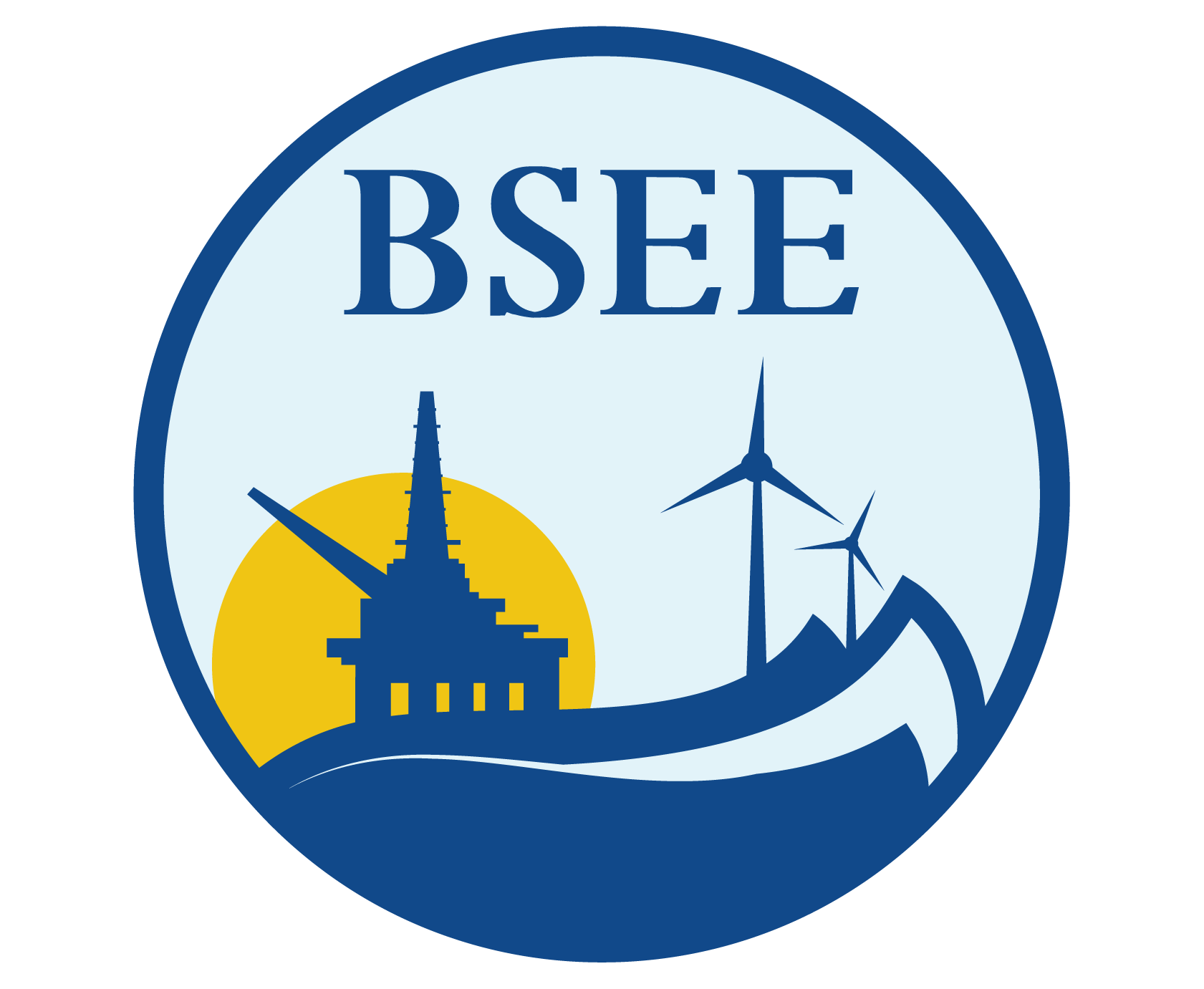Ultrasonic Inspection of Underwater Structural Joints
The objective was to show that a microprocessor, when used with a ultrasonic flaw detector, can reliably regulate an ultrasonic inspection process. The project is divided into two parts; the microprocessor systems development for ultrasonic testing and analysis and joint inspection concepts for offshore structures.
